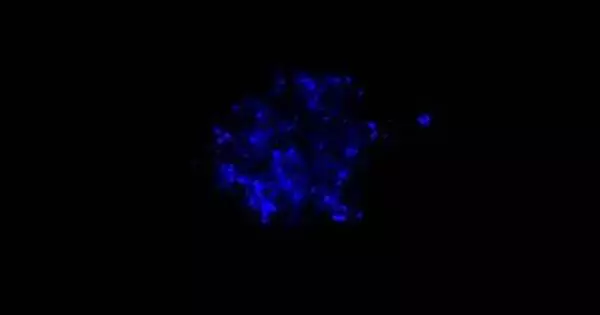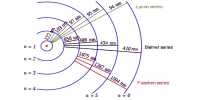Triboluminescence is the production of light during the breaking or crushing of a material. It is a phenomenon that occurs when a material is mechanically separated, ripped, scratched, crushed, or rubbed. When certain materials are subjected to mechanical stress, such as grinding, cleaving, or crushing, this phenomenon occurs.
The term “triboluminescence” is derived from the Greek words “tribos,” which means “rubbing or grinding,” and “luminescence,” which means “light emission.” The phenomenon is not completely understood, but it appears to be caused by the separation and reunification of static electrical charges (also known as the triboelectric effect). The word is derived from the Greek τρίβειv (“to rub”) and the Latin lumen (light). When breaking sugar crystals and peeling adhesive tapes, it is visible.
Mechanical energy disrupts the orderly arrangement of the atoms or molecules in these materials when they are fractured or deformed. This disruption may result in the release of energy in the form of light. Although the exact mechanism of triboluminescence is unknown, it is thought to involve the separation of electrical charges, the generation of free radicals, and the recombination of these species with the release of photons.
Triboluminescence is frequently used interchangeably with fractoluminescence (a term that is sometimes used to refer only to light emitted by fractured crystals). The difference between boluminescence and piezoluminescence is that a piezoluminescent material emits light when deformed rather than broken. These are examples of mechanoluminescence, or luminescence caused by mechanical action on a solid.
Triboluminescent materials include certain crystals, sugar, and some candies. Quartz is one of the most well-known examples, where mechanical stress can result in visible flashes of light. This phenomenon has been observed for centuries, but scientific understanding of triboluminescence has advanced thanks to modern research techniques.
Triboluminescence is not only a fascinating scientific phenomenon, but it also has practical applications. It has been used in some sensors and devices for detecting mechanical stress or damage in materials. Furthermore, researchers are continuing to investigate its potential applications in fields such as materials science and solid-state physics.














